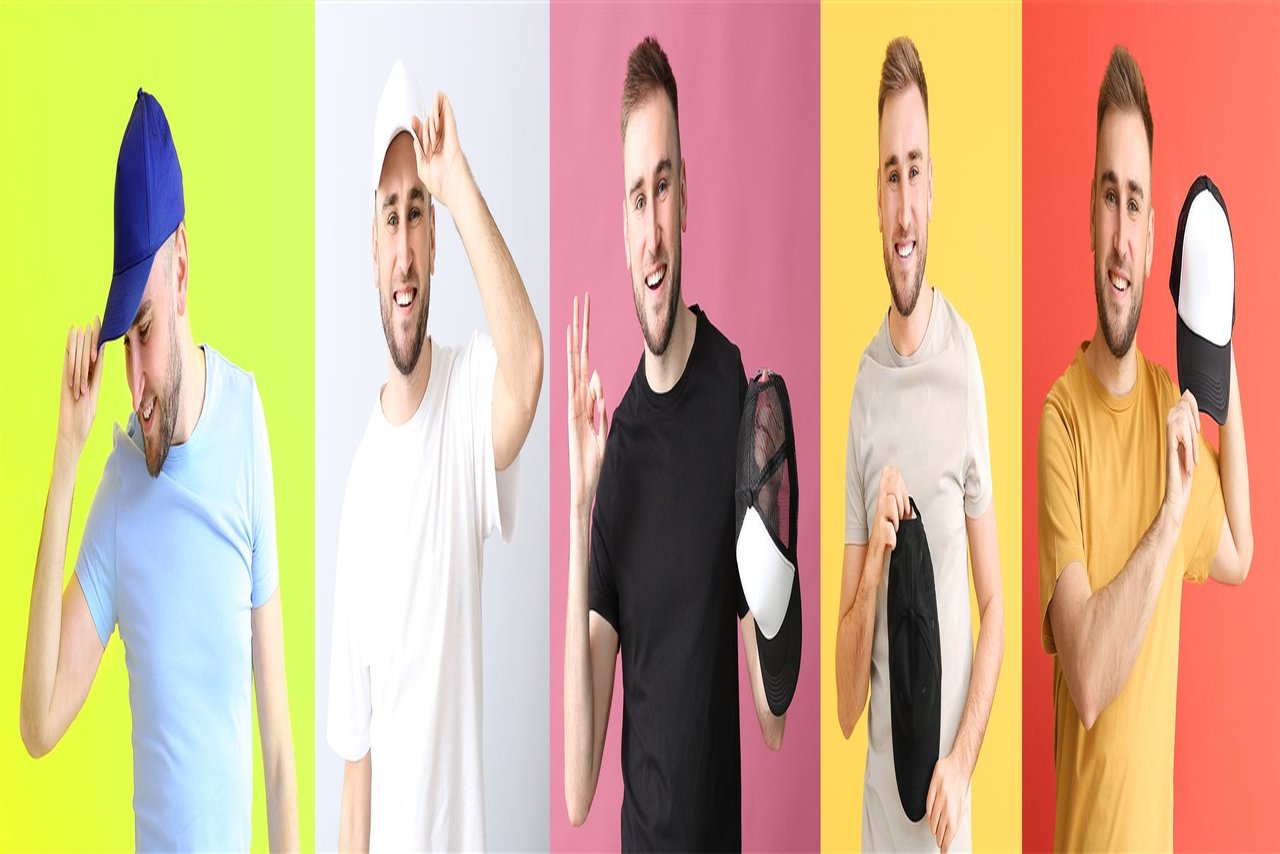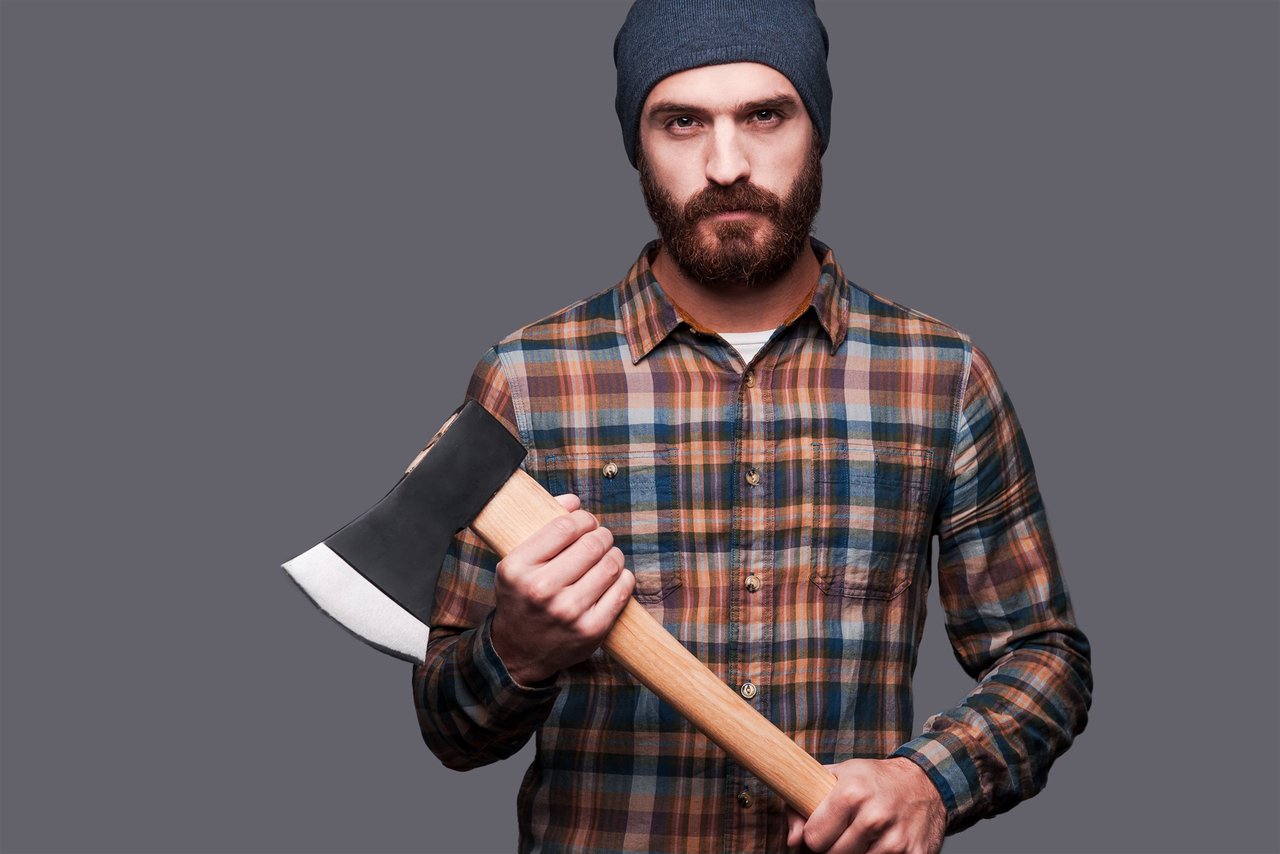Explore the gayest cities in the U.S.—your guide to inclusive urban life
Traveling or relocating for love, acceptance, or adventure? America’s gayest cities offer sanctuary, freedom, and friendship. Some streets pulse with rainbow flags and late-night laughter. Others rewrite the rules of what it means to belong. Each city on this list didn’t just make the “top 10 cities” because of hashtags or hype, but because they built a reputation for true LGBTQ inclusivity and a vibrant LGBTQ scene rooted in real-life stories and visible support. What makes these metropolitan areas so magnetic?
- High LGBTQ population and visible safe spaces
- Rich queer history and strong local advocacy
- Urban gay neighborhoods where rainbow culture is front and center
- Epic pride festivals and must-see LGBTQ events
- A bustling gay nightlife scene led by legendary gay bars
- City rankings that reflect equality ratings and openness
- Strong local LGBTQ businesses and artistic community
- Support groups, resources, and inclusive policies
- Easy access to U.S. travel hubs and moving destinations
- Sense of belonging for newcomers and regulars alike
Why settle somewhere that shrinks you? Whether you’re drawn to historic districts or modern hotspots, choosing the right city can mean more pride events, deeper connections, and a truer sense of belonging. Ready to meet someone in your chosen city? Gayhookupapp.com helps you connect—wherever home feels safest.
How LGBTQ population concentration shapes city life and culture
In every city on this list, the LGBTQ population isn’t just a number—it’s an energy that fills coffee shops, fills pride festivals with cheers, and makes strangers into chosen family. The more concentrated the metropolitan areas for LGBTQ, the clearer the impact: diverse nightlife bubbles up, local LGBTQ businesses take root, and queer-friendly destinations multiply. You feel it in the air. It feels like safety, possibility, and the right to claim your Friday night without apology.
Studies show that cities like San Francisco and New York host some of the largest urban gay populations in the U.S., with vibrant LGBTQ scenes visible in nearly every neighborhood and public space . This visibility powers not only public support but also better city policies and more inclusive spaces. It’s a signal to outsiders and locals: here, you can show up as yourself. As more LGBTQ people relocate to these hubs, the demographic impact spreads, nudging nearby areas toward openness.
Queer culture and community grow where they are watered. Today, growth isn’t slowing. New pockets open up in once-overlooked parts of the country, building a patchwork of support and a promise of safe havens for all.
What makes gay-friendly cities stand out as safe, open, and welcoming?
For anyone seeking a new home or getaway, the term “gay-friendly” goes layers deep. It’s not just about rainbow flags—it’s built into the bones of local laws, equality ratings, and whether safe havens exist at street level. Cities that climb the rankings for best cities for gay residents tend to excel at non-discrimination, public support for LGBTQ events, and everyday inclusivity. This doesn’t happen by accident. It’s forged by activists, city officials, and ordinary neighbors who refuse to settle for less.
Pride events play a massive role, offering annual reminders that queer culture isn’t just tolerated—it’s celebrated. A city with a strong pride festival and regular LGBTQ events keeps the spirit alive all year, making “inclusive community” more than a slogan. For newcomers or those still coming out, these markers matter—a visible LGBTQ community signals safety, solidarity, and belonging. Local governments with high approval for progressive policies often see newcomers flock in, turning these metropolitan areas into magnets for creative talent and diversity.
When you rank cities by inclusivity, it’s not just politics or club scenes—it’s the feeling you get walking down the street, seeing couples hold hands, and knowing your future isn’t limited by zip code.


